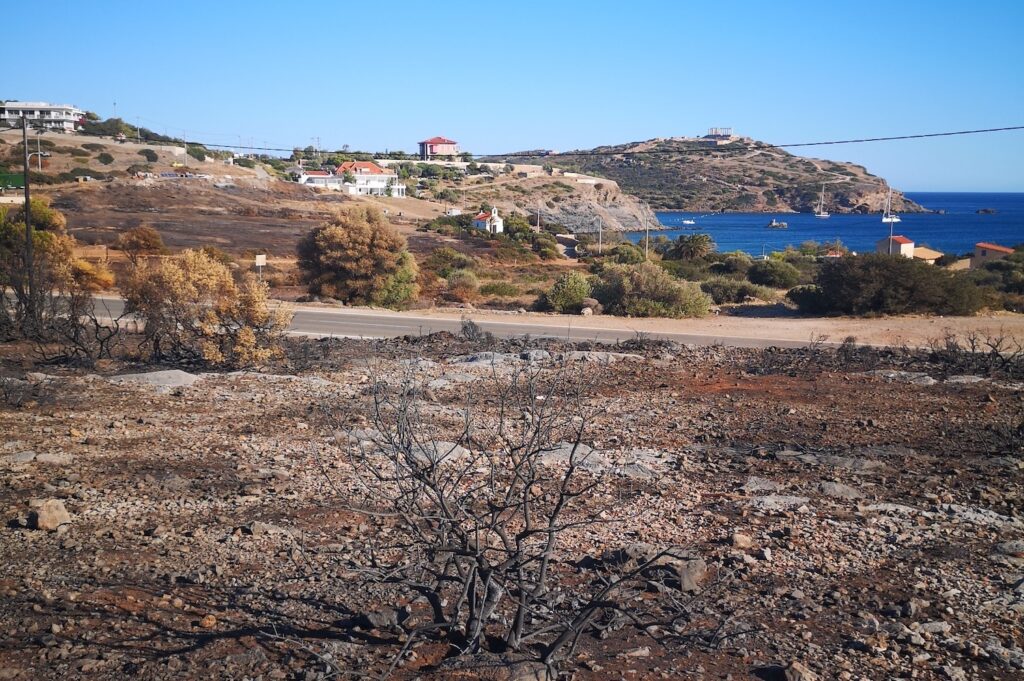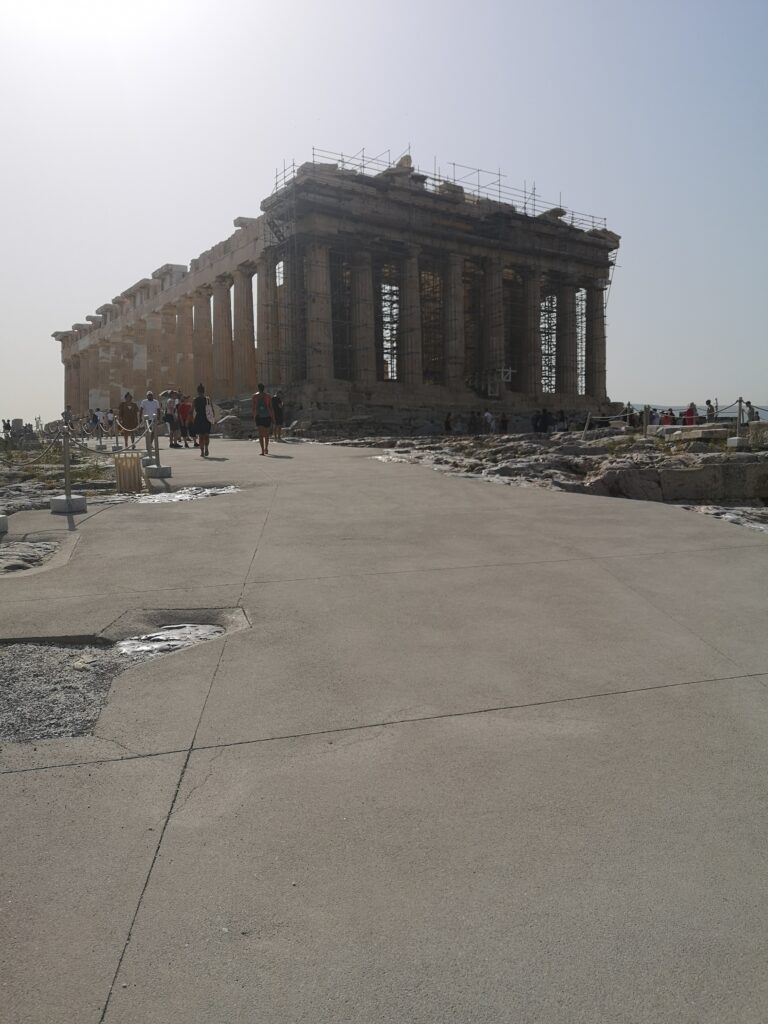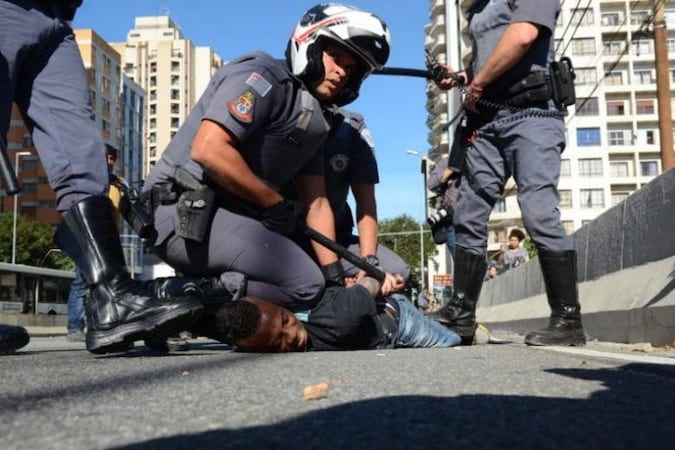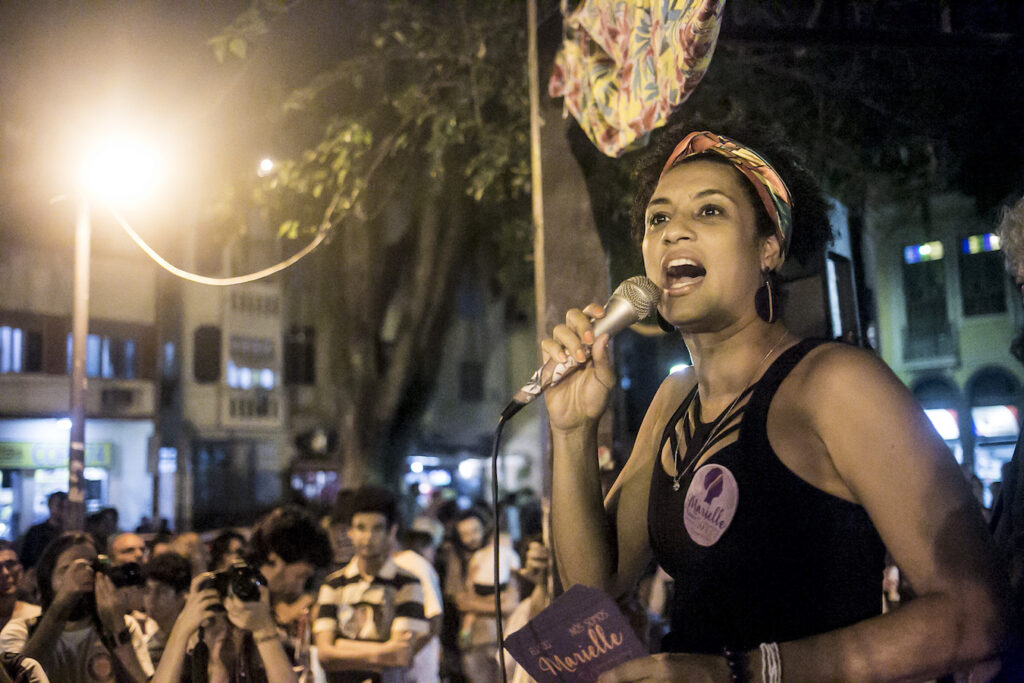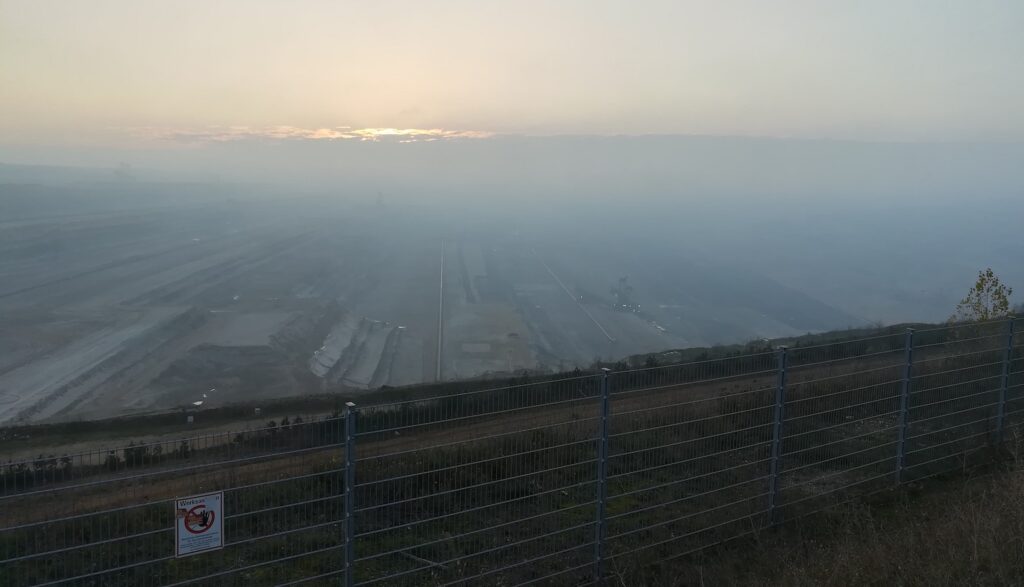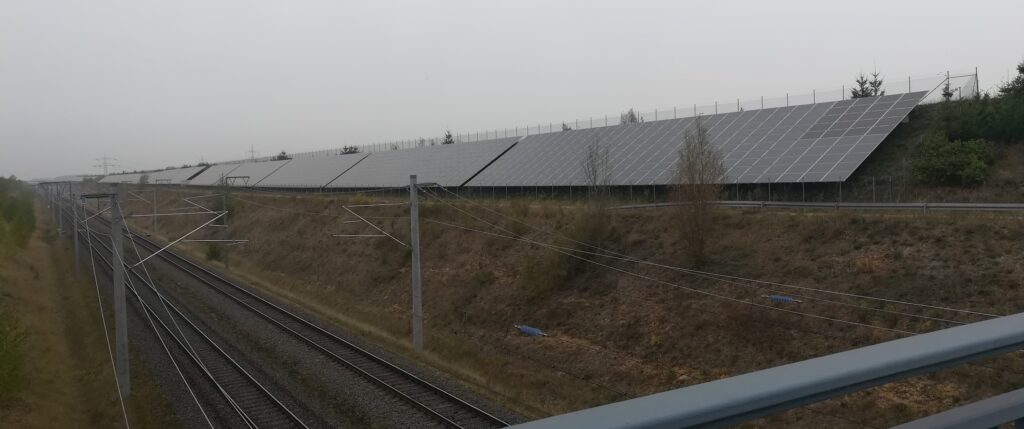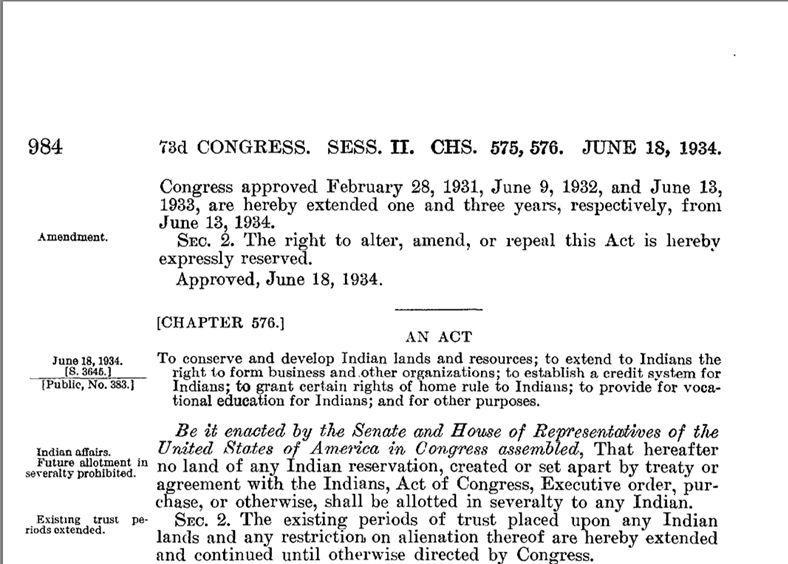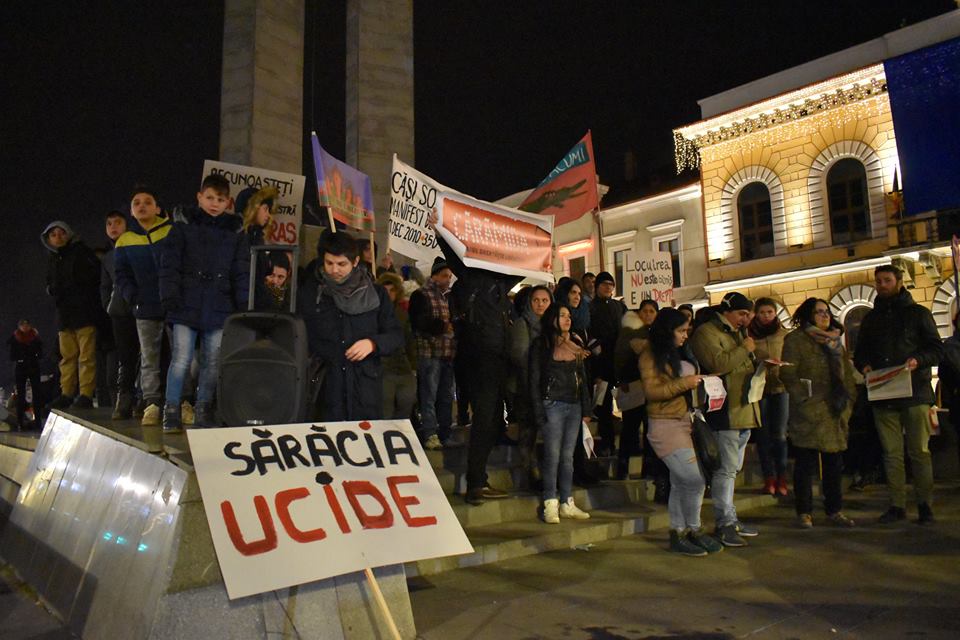David Graeber was certainly one of the most cited anthropologists of the early 21st century. More than a year after his untimely death, a substantive conversation about his scholarly legacy is slowly emerging. I want to contribute to such a critical assessment of his oeuvre by concentrating on his book “Utopia of Rules” published in 2015. This assessment has resulted from my participation in the roundtable “On David Graeber’s Work: Potentialities for a Radical Leftist Anthropology” at the conference of the German Anthropological Association (DGSKA) in Bremen on 28.9.2021, the stream of which can be watched on Facebook.
I propose that a scholarly book can be evaluated according to three criteria:
- Does it present new facts—that is, results of research according to accepted research protocols, be they ethnographic or others?
- Does it engage with theory, and the body of existing knowledge, in a novel way?
- If that is not the case, does it present new ideas, even if only in a more essayistic way, e.g. without the necessity to give evidence; or does it present old ideas in a better way than they have already been presented elsewhere.
Even if a book is written for a larger audience, as this book clearly is, it should still stand the test of at least one of these criteria. This is in fact in line with what Graeber himself (in a highly unusual six-page response to a five-page negative review of his book) demanded—i.e., that the book should be judged “according to the actual arguments and the evidence assembled to support these arguments” (Piliavsky 2017; Graeber 2017: 118). These criteria can be summed up in the question of whether I would put the book, or parts of it, in a list of core readings, say for a course on the anthropology of bureaucracy.
I will limit myself to the introduction to the book and the central essay on structural stupidity (ch. 1). The chapter – the only one with an anthropology pedigree – first came into being as the 2006 LSE Malinowski lecture under the title “Beyond power/knowledge: an exploration of the relation of power, ignorance and stupidity” (https://digital.library.lse.ac.uk/objects/lse:viz386gos). Later, however, Graeber did not want the lecture to be cited any longer. He replaced it by the text “Dead zones of the imagination: On violence, bureaucracy, and interpretive labor. The 2006 Malinowski Memorial Lecture,” which he published in HAU (a journal that he co-edited) and which, in a strangely bureaucratic turn of phrase, he declared “the official one” (Graeber 2012: 105 fn. 1; https://www.haujournal.org/index.php/hau/article/view/hau2.2.007). It finally turned into a 2015 book chapter. Each time the text became longer. I have found lots of praise of the book, but predominantly from outside anthropology (but see Piliavsky 2017) and mainly from journalists (see the praise page of the book).
The central argument seems to be that the world is faced with an increasing bureaucratisation whereby public and private bureaucracies, as well as neoliberal capitalism melt into each other and form a total structure of oppression and exploitation which furthermore relies on technology and sheer physical violence. This over-bureaucratisation of the world stifles creativity and imagination, in particular revolutionary imagination, so the left needs to reflect on how to get out of this trap (which according to Graeber it has not done, therefore the need for his intervention).
I say this “seems to be” the argument, as Graeber’s writing is not very structured. He writes more by way of analogy, and about whatever comes to his mind. His style of writing has been called “ruminative” by a reviewer; the author resembles a happy deer strolling across a sunny alpine meadow, picking a weed here, plucking a shamrock there, and then chewing the whole thing several times over. So, to give the reader a selection of topics touched upon: the two chapters jump from huge generalisations on « the » Germans, Americans, and British (p. 13), to Graeber’s experiences as a customer of an American bank (p. 15), student debt, again in the US (p. 23), chats with a World Bank economist at a conference (pp. 25-26) as well as with a British bank employee at another occasion (note 15 p. 231), newspaper opinion pieces which he presents as results of ethnographic research (p.22), the shape of bank buildings “when I was growing up” (p. 33), surprising but unsubstantiated references to Goethe as a supporter of Prussian bureaucracy (p. 39), similarities between refugees and female applicants to London music schools (p. 41), a visit to an occupied factory in Marseilles (p. 43), his mother’s death (pp. 45-50), problems of registering his car in New York (p. 48), to academics complaining about too much paperwork (pp. 53-54), why a thick description of a bureaucratic document is impossible (p. 52, but see Göpfert 2013), violence as the weapon of the stupid (p. 68), gender roles in American situation comedies of the 1950s (p. 69), stories about American teenagers that somebody told him but he doesn’t remember who it was (note 59 p. 242), to what a friend told him about degrees in library science (note 26 p. 233), what “most of us” think about the police (p. 73), to vampires (p. 77), Sherlock Holmes and James Bond (p. 78), and American prisons (p. 102).
Now my criterion 1: where is the evidence, and what about new knowledge? Graeber has a remarkably cavalier use of what is habitually called evidence. I can only give two examples here: In the beginning of the introduction, he claims that “we” (a pronoun, like “us” and “ours”, he frequently uses but never defines) are increasingly faced with paperwork. He then presents three graphs to prove his point (pp. 4-5). At closer inspection, however, the graphs – presented without any source – rather show how often “paperwork” or associated terms like “performance review” have appeared in English language books over time, which of course is different from the thesis it is supposed to illustrate, and rather refutes his other thesis, that “nowadays, nobody talks much about bureaucracy” (p. 3). In fact, Graeber admits that he is purely “imagining” graph no. 2 (his words, p. 4; see also p. 15) which supposedly shows that people spend ever more time filling out forms. In any case, he has a penchant, throughout the text, for terms like “apparently”, “I suppose”, “we all know that”, “most of us believe”, “apparently”, the subjunctive form of the verb, and what “everybody knows” (p. 27).
Apart from these imagined figures, Graeber’s main type of evidence are personal anecdotes, which for him apparently assume the function of explanations. He starts off chapter 1 with the problems he had when, after a life mostly spent as a “bohemian student” (p. 48), he was suddenly faced with different bureaucratic hiccups when his mother had a stroke, the problems being caused by a particularly incompetent notary. Like this coming-of-age story, all the other anecdotes are also taken from his immediate personal experience, almost exclusively concern the US and the UK and not rarely relate to narcistic insults he suffered from some apparently stupid bureaucrat who did not recognize his, Graeber’s, intelligence (e.g., p. 48, p. 64). In fact, he also has six pages on Madagascar where he essentially says that outside the capital city, state bureaucracy is practically absent, but then immediately nuances this statement with respect to schools (pp. 61-66; one would wonder what this evaluation would say about health centres, for example, in light of the Covid-19 pandemic and more generally, also). As an Africanist, that doesn’t surprise me (Bierschenk and Olivier de Sardan 1997), but Graeber does not consider the fact that this widespread absence of state bureaucracy in the highlands of Madagascar might in fact invalidate his general thesis of total bureaucratization as a planetary phenomenon.

What about criterion 2, the engagement with existing knowledge and theory? Graeber clearly is somebody who does not like reading but prefers writing up and sharing with the world whatever comes to his mind. In the introduction, he claims that despite the increasing importance of bureaucracy, nobody is interested in analysing it, so that is why he must do it. This sounds a bit overly self-confident, as there is a huge body of social-science literature on bureaucracy and organisation since the beginning of the 20th century, mainly in sociology, but from the 1980s increasingly also in anthropology (Bierschenk and Olivier de Sardan 2021). Graeber simply does not know this literature. And when, here and there, he does mention selected topical works, he does not engage with them (e.g. note 44 p. 238).
What about theory? The book cover claims that we are faced with “a powerful work of social theory in the traditions of Foucault and Marx”. This might be discounted as commercial overselling but then Graeber himself sees his book as “an exercise in social theory” (p. 75). However, throughout the book, he is very eclectic in his theoretical references. He likes neither Weber nor Foucault, but dislikes Foucault more than Weber, and sees both as intellectual frontmen of neoliberal bureaucratic capitalism, in passages on the history of ideas, which he himself qualifies as “caricaturish” (p. 57). On the other hand, and surprisingly, Graeber likes Lévi-Strauss, and structuralism in general (pp. 76 seq.). As for Marx, he prefers to lie low, but stresses repeatedly that he was a man of his times (e.g., p. 88). Many of his renderings of theorists, say Weber, appear somewhat crude to the educated reader, if not outright wrong. In the passages where that is the case, and when you turn to the footnotes, you are then puzzled to read from Graeber’s pen a sentence like: “I am aware this (i.e., his own [Graeber’s] claim about Weber in the main text, p. 74) is not really what Weber said.” (fn. 64 p. 243). Elsewhere, he admits that his reflections are not new but have already been formulated somewhere else, and possibly better (e.g., by feminist standpoint theory or critical race theory, p. 68). But he admits to this only in passing and shares his inspirations with the reader anyway. It is also interesting to reflect upon what social theory Graeber leaves out. To name only a few authors who immediately come to my mind as they clearly resonate with Graeber’s concerns but are absent from his book: Hegel’s and Sartre’s theorem on the dialectics of the master-servant relationship, Gramsci’s writings on hegemony, the whole Frankfurt school of critical theory, and in particular Herbert Marcuse’s One-dimensional Man, or the sociology of critique of Boltanski. So, in sum, the happy ruminator, in this book, has confidently waded into areas where he didn’t have many bearings, and not surprisingly, he got lost.
I do not think I need to dwell much on criterion 3 as the reader will not be surprised by my negative answer. One could ask why, after all, the book has been rather successful even if much less successful than the Debt book (Graeber 2011). I have two answers to that, one of which I will present later. My main charge against the book is that it essentially confirms middle-class readers and fellow academics from the Global North, in particular the Anglo world, in their clichés about and grudges against bureaucracy. In fact, in Germany which remained rather untouched by the hype around Graeber, Die Tageszeitung (TAZ), a left-wing daily, titled its review of the book “cliché as scholarship” (Klischee als Wissenschaft) and notes the author’s “love of the commonplace” (Walter 2016, https://taz.de/David-Graebers-Buch-Buerokratie/!5280790/). It is true that there are interesting ideas in the book, which are not, however, developed (for example, was Foucault a neoliberal thinker? In fact, I wonder if Graeber is not a neoliberal thinker himself.). Other propositions are pure reinventions of the wheel. How many books and articles have been written about the bureaucratisation of the world? (See for example the solidly researched Hibou 2015). Other statements are truisms, like that all banks are regulated (p. 16) or commonplaces like “most human relations … are extremely complicated” (p. 58). Again others are outright wrong. All this is woven into a text with no discernible structure, and basically from a perspective, which implicitly makes the claim that a middle-class perspective from the Anglo-academic world describes the global default situation.
In sum, I would not give the book to anthropology undergraduates to read. It would be embarrassing if they got the impression that this is what anthropology is about, and it would be wasting their time. Anthropology is, I propose, about creating new, and preferably counterintuitive knowledge. It is about discovering the unknown, putting question marks behind common sense, and not about confirming what “we” anyway believe we know. The book may have clicked with many people because it resonates with widespread uneasy feelings especially among fellow academics that “we” are wasting our time in meetings and with paperwork. However, that a book confirms common sense is certainly not a sufficient criterion for its scientific quality.
We should realize (Graeber does not) that criticism of bureaucracy is as old as bureaucracy itself; since its invention in 18th century France, it has been criticised from the left (not acknowledged by Graeber), but more prominently from the right (Fusco et al. 1992). This criticism from the right came in two kinds, and not just one, as Graeber claims: there was and is indeed the bourgeois right which is concerned with red tape over-regulating the market and thereby diminishing profits. But there also have been aristocratic critics who were more concerned about being restricted by rules, rules which may be appropriate for the lower classes, but which inhibit the freedom of the gentleman to do whatever he pleases. Graeber’s critique is dangerously close to the latter position; as he admits himself in passing, it is a critique from the positionality of somebody who likes to see himself as a bohemian.
Which brings me to Graeber’s theory of revolution, as far as it can be ascertained from this book. Graeber is an anthropologist who is not only interested in what is, but also how to make the world a better place “without states and capitalism” (p. 97). In other words, he aims at an emancipatory theory of revolution. The classic model here is Marx, who analysed not only the way capitalism functioned – after having spent years in the British library reading the whole body of political economy of his time – but also the internal contradictions of capitalism, which in the long run would lead to its transformation, and, most relevant for the point I want to make, which the social actors were best positioned to bring about these transformations. Graeber is silent, at least in this book, on the first point (the transformational dynamics of contemporary bureaucratic capitalism) and very short on the second (the social carriers of revolution). He only speaks of “social revolutionaries” who profess immanent—i.e., practically grounded—conceptions of utopianism, and who act “as if they are already free“, in alliance with avantgarde artists (p. 89, 97). There is nothing about the class positions of these revolutionaries. Who are they? US-American and European anthropology students under the guidance of their enlightened teachers? Here, again, the figure of the bohemian lurks in the wings. Neither do we read much about realistic strategies, necessary for any successful revolution, of how to seize the masses, to paraphrase Marx (“The weapon of critique cannot replace the critique of weapons; material violence must be overthrown by material violence; theory alone also becomes material violence as soon as it seizes the masses”, Marx 1843/44, p. 385). The catchy phrase “we are the 99 percent,” which Graeber is often said to have coined (regarding whether that is true or not, see https://www.nytimes.com/2020/09/04/books/david-graeber-dead.html), is not very helpful in this respect. It is pure populism, coupled with a nostalgic over-reading of the impact of the global justice movement of his youth.
Finally, I want to come back to why the book has sold well. I think the cover explains that. I have already referred to the über-promotion on the back cover, while on the front cover, Graeber is presented as the author of a previous, highly successful book. As Wikipedia explains, after the success of the previous book (Graeber 2011), the same editor quickly entered into a new contract with the author (https://en.wikipedia.org/wiki/The_Utopia_of_Rules; see also Walther 2016). Obviously, both the commercial editor and author were trying to capitalize on Graeber’s acquired reputation and his having “captivated a cult following” (Roberts 2020). The mechanism is well known, and thereby the book is a very good example of the capitalist economics of reputation, which govern the academic book market and which function according to a winner-takes-all logic (similar to international soccer, social media, and investment banking). The expression of this logic is the star cult, which in the academic world takes the form of the cult of the genius, and it explains how an altogether, from a scholarly perspective, bad book becomes a required citation. One may detect a slight contraction here between the anti-capitalist substance of the book and its capitalist form. So, while I do not recommend the book for an undergraduate course on the anthropology of bureaucracy, it would make fascinating case material for a postgraduate course on the political economy of the academic world.
Thomas Bierschenk is professor emeritus at the Department of Anthropology and African Studies of the Johannes Gutenberg-University Mainz/Germany. He has worked on development, the state, bureaucracy, and the police in Oman, Central and West Africa, as well as Germany, and has co-edited, together with Jean-Pierre Olivier de Sardan, States at Work. Dynamics of African Bureaucracies (Leiden: Brill 2014). More about his work at: https://www.ifeas.uni-mainz.de/prof-dr-thomas-bierschenk/
References
Bierschenk, Thomas, and Jean-Pierre Olivier de Sardan. 1997. Local powers and a distant State in rural Central African Republic. Journal of Modern African Studies 35(3): 441-468, https://www.jstor.org/stable/161750.
Bierschenk, Thomas, and Jean-Pierre Olivier de Sardan. 2021. The anthropology of bureaucracy and public services. In Guy Peters and Ian Thyme, eds., Encyclopedia of Public Administration (Oxford Research Encyclopedia of Politics). Oxford: Oxford University Press, https://doi.org/10.1093/acrefore/9780190228637.013.2005.
Fusco, Sandro Angelo, Reinhart Koselleck, Anton Schindling, Udo Wolter, and Bernhard Wunder. 1992. “Verwaltung, Amt, Beamter (Administration, office, functionary).” In Otto Brunner, Werner Conze and Reinhart Koselleck, eds., Geschichtliche Grundbegriffe. Historisches Lexikon zur politisch-historischen Sprache, vol. 7, pp. 1-96. Stuttgart: Klett-Cotta.
Graeber, David. 2011. Debt. The First 5000 Years. London: Melville House.
Hibou, Béatrice 2015. The Bureaucratization of the World in the Neoliberal Era: An International and Comparative Perspective. Basingstoke: Palgrave Macmillan.
Göpfert, Mirco. 2013. “Bureaucratic aesthetics: Report writing in the Nigérien gendarmerie.” American Ethnologist 40(2): 324-334, doi: 10.1111/amet.12024.
Graeber, David. 2006. “Beyond power/knowledge: an exploration of the relation of power, ignorance and stupidity. LSE memorial lecture.” https://digital.library.lse.ac.uk/objects/lse:viz386gos).
Graeber, David. 2012. “Dead zones of the imagination: On violence, bureaucracy, and interpretive labor.” The 2006 Malinowski Memorial Lecture. HAU: Journal of Ethnographic Theory 2(1): 105–28, doi: https://doi.org/10.14318/hau2.2.007.
Graeber, David. 2015. The Utopia of Rules. On Technology, Stupidity, and the Secret Joys of Bureaucracy. London: Melvin House.
Graeber, David. 2017. “A Response to Anastasia Piliavsky’s The Wrong Kind of Freedom? A Review of David Graeber’s The Utopia of Rules: On Technology, Stupidity and the Secret Joys of Bureaucracy.” International Journal of Politics, Culture, and Society 30(1): 113-118, doi: 10.1007/s10767-016-9248-0.
Marx, Karl. 1843/44. Zur Kritik der Hegelschen Rechts-Philosophie, 1843-1844 (Karl Marx/ Friedrich Engels – Werke. Band 1), Berlin/DDR 1976, pp. 378-391, http://www.mlwerke.de/me/me01/me01_378.htm#S385.
Piliavsky, Anastasia. 2017. “The wrong kind of freedom? A Review of David Graeber’s The Utopia of Rules: On Technology, Stupidity and the Secret Joys of Bureaucracy.” International Journal of Politics, Culture and Society 30: 107-111, doi: 10.1007/s10767-016-9246-2.
Roberts, Sam. 2020. “David Graeber, caustic critic of inequality, is dead at 59.” The New York Times, 4 September 2020, https://www.nytimes.com/2020/09/04/books/david-graeber-dead.html.
Walther, Rudolf. 2016. “Klischee als Wissenschaft” (“Cliché as scholarship”). TAZ (Die Tageszeitung), 6 March 2016, https://taz.de/David-Graebers-Buch-Buerokratie/!5280790/.
Cite as: Bierschenk, Thomas. 2021. “On Graeber on bureaucracy.” FocaalBlog, 19 October. https://www.focaalblog.com/2021/10/19/thomas-bierschenk-on-graeber-on-bureaucracy/.
